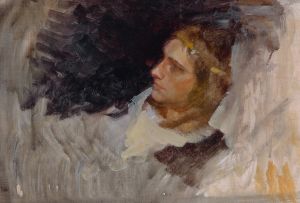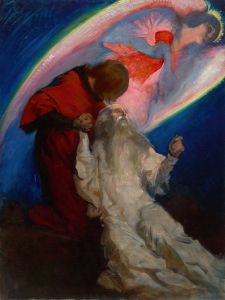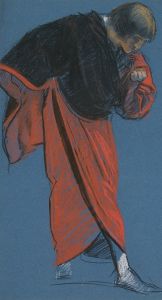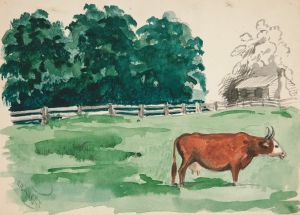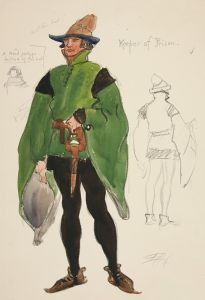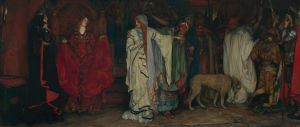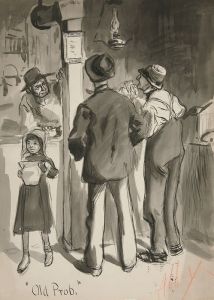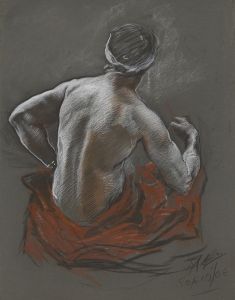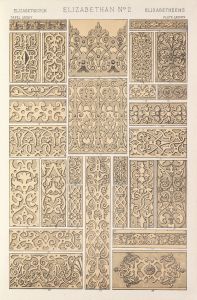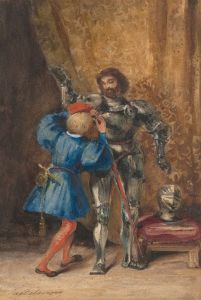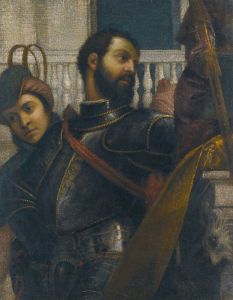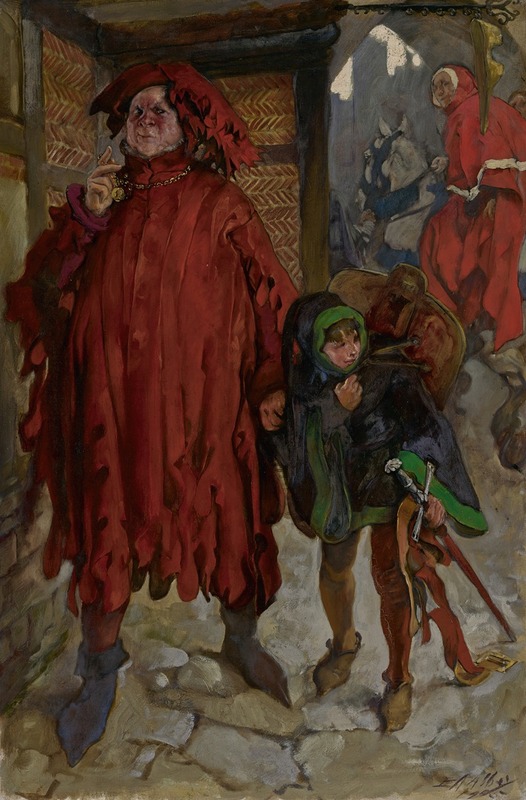
Sir John Falstaff with His Page, King Henry IV, Part II, Act I, Scene II
A hand-painted replica of Edwin Austin Abbey’s masterpiece Sir John Falstaff with His Page, King Henry IV, Part II, Act I, Scene II, meticulously crafted by professional artists to capture the true essence of the original. Each piece is created with museum-quality canvas and rare mineral pigments, carefully painted by experienced artists with delicate brushstrokes and rich, layered colors to perfectly recreate the texture of the original artwork. Unlike machine-printed reproductions, this hand-painted version brings the painting to life, infused with the artist’s emotions and skill in every stroke. Whether for personal collection or home decoration, it instantly elevates the artistic atmosphere of any space.
"Sir John Falstaff with His Page, King Henry IV, Part II, Act I, Scene II" is a painting by the American artist Edwin Austin Abbey. Abbey, known for his detailed and historically accurate illustrations, created this work as part of a series of paintings depicting scenes from William Shakespeare's plays. This particular painting illustrates a moment from "King Henry IV, Part II," one of Shakespeare's historical plays that continues the story of King Henry IV and his son, Prince Hal, who later becomes King Henry V.
The painting captures the character Sir John Falstaff, a comedic and roguish knight, alongside his page. Falstaff is one of Shakespeare's most enduring characters, known for his wit, humor, and larger-than-life personality. In "King Henry IV, Part II," Falstaff's relationship with Prince Hal is further explored, as Falstaff hopes to benefit from Hal's rise to power. The scene depicted by Abbey is from Act I, Scene II, where Falstaff is engaged in conversation, showcasing his characteristic humor and charm.
Edwin Austin Abbey was born in 1852 in Philadelphia, Pennsylvania, and became a prominent illustrator and painter. He moved to England in 1878, where he became deeply influenced by British art and culture, particularly the works of Shakespeare. Abbey's dedication to historical accuracy and detail is evident in his Shakespearean paintings, where he meticulously researched costumes, settings, and character portrayals to ensure authenticity.
The painting is part of Abbey's larger body of work focused on Shakespearean themes, which he began in the late 19th century. Abbey's interest in Shakespeare was not only artistic but also cultural, as he sought to bring the richness of Shakespeare's plays to life through his art. His paintings were well-received and contributed to the popularization of Shakespeare's works in visual art.
"Sir John Falstaff with His Page" exemplifies Abbey's skill in capturing the essence of Shakespeare's characters and the Elizabethan era. The painting is characterized by its attention to detail, from the textures of the fabrics worn by Falstaff and his page to the expressions on their faces, which convey the humor and complexity of the scene. Abbey's use of color and composition further enhances the narrative, drawing viewers into the world of Shakespeare's play.
Abbey's contributions to art and his interpretations of Shakespeare have been recognized as significant achievements in the field of illustration and painting. His works are housed in various collections, and his Shakespearean paintings, in particular, continue to be studied and appreciated for their artistic and historical value.
Overall, "Sir John Falstaff with His Page, King Henry IV, Part II, Act I, Scene II" is a testament to Edwin Austin Abbey's dedication to bringing Shakespeare's characters and stories to life through his art. The painting remains an important piece within the context of both Abbey's career and the broader tradition of Shakespearean art.





